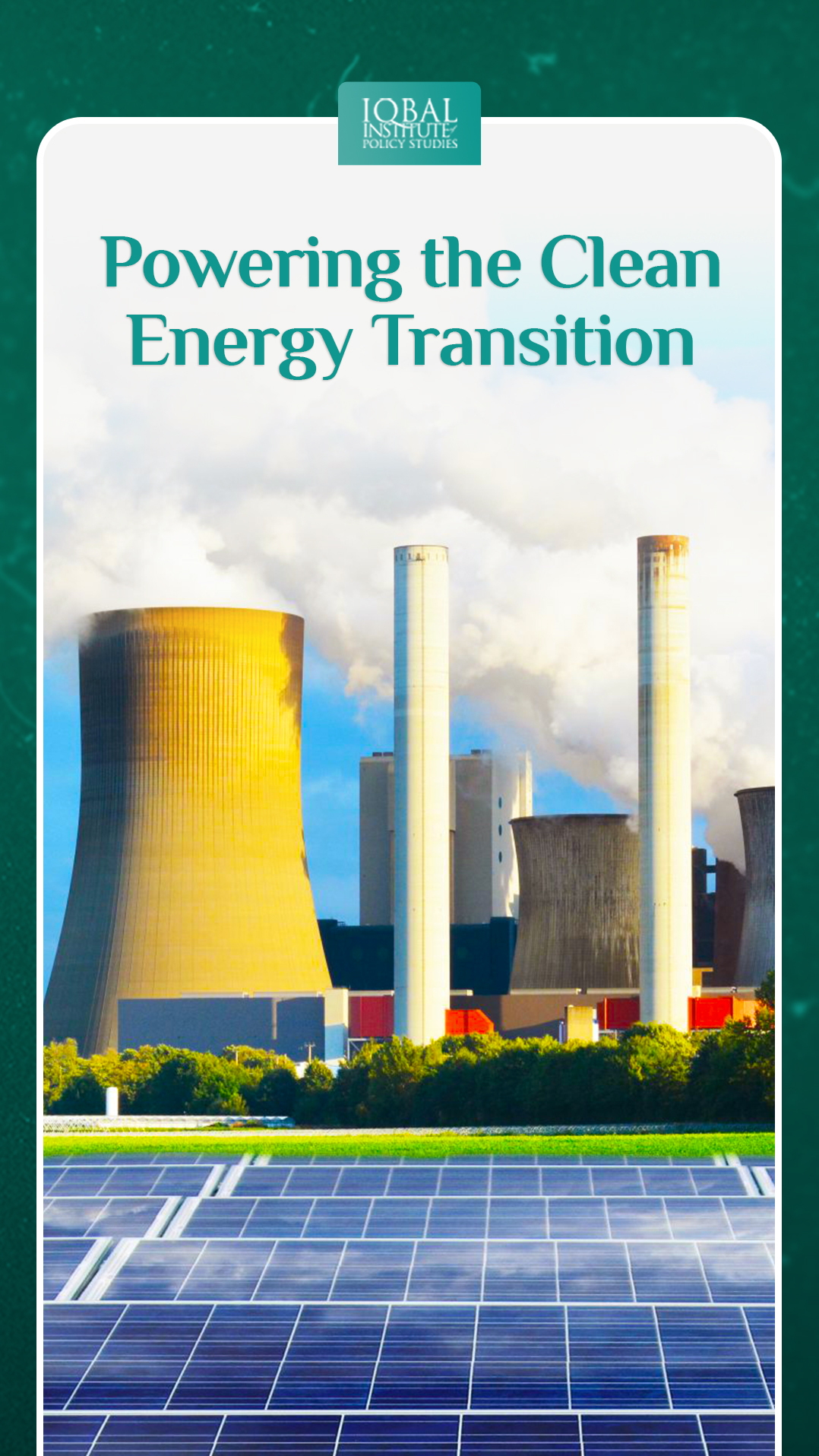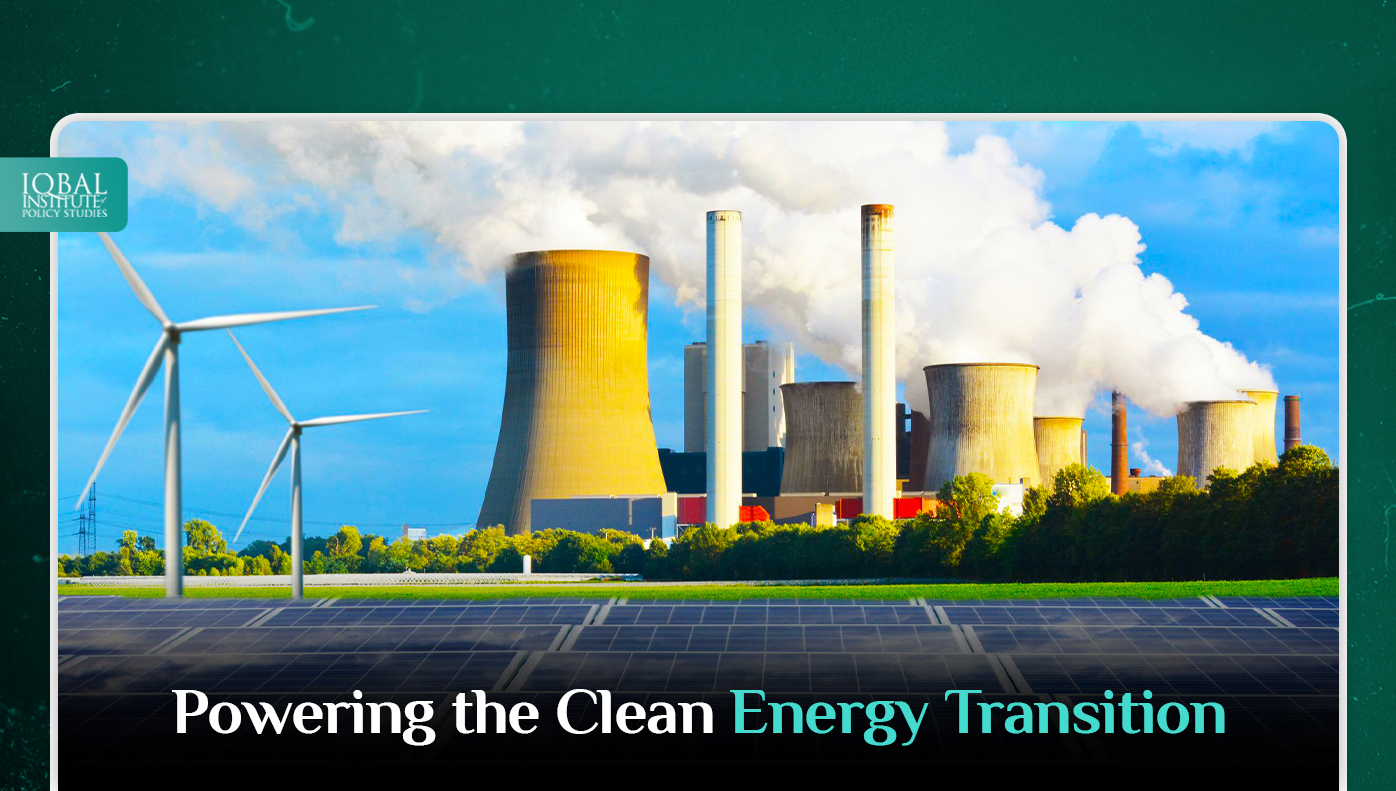The natural calamities slowed the development progress across the globe, but climate change has only accelerated. In Southeast Asia, typhoons, flooding, and drought have become more common, intense, destructive and costly. Being highly vulnerable to the impacts of climate change, governments must not only adapt to weather extremes and rising sea levels but also speed up reductions in carbon emissions. Because if left unmanaged, the current emissions trajectory will bring far-ranging environmental, economic, and social repercussions, affecting many lives. Thus, it is imperative for the region to decouple its economic growth from fossil fuels. A critical aspect across many of the net-zero pathways is reducing the carbon intensity of the power sector in the near to medium term since other sectors, such as transport and the industrial sector, will take much longer to decarbonise.
This blog is based on the 18th Policy Actions for COVID-19 Economic Recovery (PACER) dialogue, accelerating the clean energy transition.
Problems and Prospects
The pandemic led to substantial economic contractions; emissions fell modestly and are predicted to rebound to pre-pandemic levels as economic activities progress. However, the energy demand is rising considerably in line with economic growth, demographic expansion, and paced urbanisation. A key driver of power consumption in Southeast Asia is the use of air-conditioning, which is expected to surge as incomes and temperatures rise.
While the abundance of solar, wind, biomass, geothermal and hydro resources in the region presents vast opportunities for tapping clean energy sources. According to the International Renewable Energy Agency (IRENA), the region has been ramping up its renewable power generation capacity, which reached 86.7 gigawatts in 2020. It is also targeting a 23 per cent share of renewable energy in its total primary energy supply and 35 per cent in its installed power capacity by 2025 (IRENA, 2020). So, attaining these targets requires countries to step up renewable energy expansion and transmission grid upgrades to absorb large-scale deployment of variable energy.
The region remains a hotspot for coal with low costs and indigenous supply. It is worrying for some countries that still use subsidies to support the coal sectors, undermining the competitive position of clean technologies. Many economies in Asia have made net-zero pledges, but still, their climate targets fall short of mitigating the serious threats they face. So, swift and stronger mitigation and adaptation measures are urgently needed.
What can be Done
Creation of Enabling Environment for the Clean energy transition
Governments can play a vital role in overcoming barriers, creating enabling conditions for a clean energy transition, and ensuring efficient and effective planning to encourage new market players and alternative business models (Aleluia et al., 2022). Further, developing a robust framework for the shift to renewables should include sound power development plans, long-term decarbonisation strategies, resource assessments, and road maps for an equitable transition. As the financial needs in this transition are massive, governments must collaborate with private investors to invest in transmission and distribution grid upgrades and storage systems. Similarly, climate finance could bridge the huge financial gap by redirecting investments to clean technologies and encouraging energy efficiency.
Enable Energy Efficiency at Scale
Growing demand for energy requires supply-side interventions complemented by demand-side efficiency improvements. Countries struggling with climate change should develop energy efficiency programs through regulatory requirements, information provision, and a combination of economic, financial and fiscal incentives. This highlights the need for regional harmonisation to scale up energy efficiency and facilitate the trade of more efficient technologies. In addition, it is significant to support the development of energy services companies (ESCOs), which design, build and arrange finance projects that could save energy, reduce energy costs and reduce operations and maintenance costs at their customer’s facilities (Kern & Rogge, 2016).
Enable and Expand Access to Green Finance
However, A larger scale investment of a larger scale is required to attain a net-zero emission target. In this regard, alone public sector spending is insufficient to fill the funding gap, which has become more acute in the wake of the pandemic. Financial instruments should evolve in the form of thematic bonds, blended finance, and green and climate funds and expand access to unlock various sources of capital for sustainability-oriented investments in renewable energy resources. One tool, the transition bond, should be introduced that is designed to support “brown” companies producing intensive-carbon and heavily polluting industries to shift to “green” or environmentally sustainable modes of operation.
Therefore, after recognising the financing shortfall for climate action and green infrastructure, ADB launched the ASEAN Catalytic Green finance facility (ACGF) in 2019, promoting renewable energy, energy efficiency, sustainable urban transport, water supply, and water supply sanitation, waste management, and climate-resilient agriculture. Hence, developing nations need to take benefit from such projects and financial assistance to fight against natural disasters and reduce pollution.
Enhance Regional Power Trade
As the prices of oil and gas skyrocket, countries need to prioritise energy security and resilience. So, reorienting the power system towards renewable energy and regional connectivity can reduce dependence on fossil fuels imports, allowing for better management of intermittent renewables by accessing flexible resources and lowering the risk of curtailment through access to diverse demand across countries.
Accelerated Retirement of Fossil Fuel-Based Power Generation Assets
Countries should support and accelerate the retirement of coal-fired power plants is essential for decarbonising power systems. In this regard, the Energy Transition Mechanism (ETM) is a market-based approach being utilised in many countries in Asia to accelerate the transition from fossil fuel to clean energy (Nedopi et al., 2022). This mechanism can mobilise the public and the private sector to fund the ETM that will seek to retire fossil fuel-based power generation assets and transform operations into clean or green energy resources.
Support Clean Energy Deployment as an Economic Recovery Tool
For countries fighting the worsening impacts of climate change, a clean energy transition should be central to recovery programs. Investing in clean energy infrastructure will result in a larger increase in local jobs and economic benefits than investments in fossil fuel assets. Wealthy nations and high-emitting must support developing countries’ mitigation and adaptation needs. Those who have historically contributed least to climate change and yet suffer disproportionately from its impacts.
Conclusion
The Transition to clean energy is an essential and urgent task for the countries located in Southeast Asia. Not only does clean energy reduce greenhouse gas emissions and combat climate change, but it also promotes energy independence, enhances public health, and creates job opportunities. The clean energy transition requires collective action and collaboration from governments and private sectors. Also, there is a need to create an environment for transition, accessibility to green finance, regional trade expansion, and retirement of fossil fuel-based assets. Finally, developed and high-emitter nations should support the developing nation struggling with climate disasters.
References
- https://www.irena.org/publications/2018/Jan/Renewable-Energy-Market-Analysis-Southeast-Asia
- Aleluia, J., Tharakan, P., Chikkatur, A. P., Shrimali, G., & Chen, X. (2022). Accelerating a clean energy transition in Southeast Asia: Role of governments and public policy. Renewable and Sustainable Energy Reviews, 159, 112226.
- Nedopil, C., Yue, M., & Volz, U. (2022). Global Practices for Financing of Early Coal Retirement for Accelerated Green Energy Transition. Green Finance and Development Centre at Fudan University, Centre for Sustainable Finance at SOAS, University of London.
- Kern, F., & Rogge, K. S. (2016). The pace of governed energy transitions: Agency, international dynamics and the global Paris agreement accelerating decarbonisation processes?. Energy Research & Social Science, 22, 13-17.



Leave a Reply